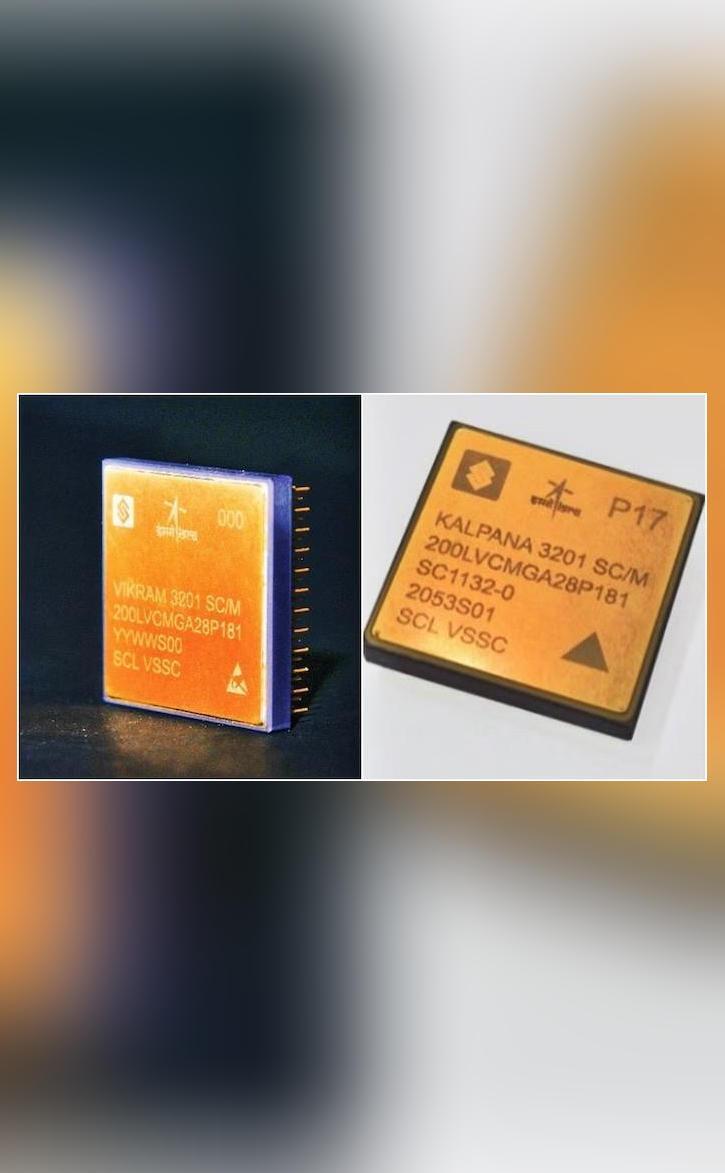
ISRO & SCL develop 32-bit microprocessors for space applications
In a significant achievement for the Indian space industry, the Indian Space Research Organisation (ISRO) and the Semiconductor Laboratory in Chandigarh have jointly developed two 32-bit microprocessors, VIKRAM3201 and KALPANA3201. These microprocessors have been designed and developed specifically for space applications, and are expected to play a crucial role in the country’s space exploration endeavors.
According to ISRO, VIKRAM3201 is the first fully “Make-in-India” 32-bit microprocessor that is qualified for use in the harsh environmental conditions of launch vehicles. This is a significant milestone for the Indian space industry, as it marks the first time that a domestic microprocessor has been developed and qualified for use in space applications.
The development of these microprocessors is a testament to the capabilities of the Indian space industry, and demonstrates the country’s ability to design and develop complex electronic systems for space applications. The VIKRAM3201 and KALPANA3201 microprocessors are designed to operate in extreme temperatures, radiation, and vibrations, making them ideal for use in space applications where the electronic systems are exposed to harsh environmental conditions.
The VIKRAM3201 microprocessor is a 32-bit processor that operates at a frequency of 32 MHz, and has a memory bandwidth of 128 Mbps. It has a power consumption of 1.2 watts, making it suitable for use in battery-powered space missions. The microprocessor has a range of features, including a 32-bit architecture, 32-bit data bus, and a 16-bit instruction bus. It also has a range of peripherals, including a serial communication interface, a parallel interface, and a timer.
The KALPANA3201 microprocessor is also a 32-bit processor, but it operates at a frequency of 48 MHz, and has a memory bandwidth of 192 Mbps. It has a power consumption of 1.5 watts, making it suitable for use in more demanding space applications. The microprocessor has a range of features, including a 32-bit architecture, 32-bit data bus, and a 16-bit instruction bus. It also has a range of peripherals, including a serial communication interface, a parallel interface, and a timer.
The development of these microprocessors is a significant achievement for the Indian space industry, and is expected to have a range of benefits for the country’s space exploration endeavors. The use of domestic microprocessors in space applications will reduce the country’s dependence on foreign suppliers, and will also help to promote the growth of the domestic electronics industry.
In addition, the development of these microprocessors demonstrates the capabilities of the Indian space industry, and is expected to attract international attention. The use of domestic microprocessors in space applications will also help to promote the growth of the country’s space industry, and will provide a range of opportunities for Indian companies to participate in space-related projects.
The development of these microprocessors is also expected to have a range of benefits for the country’s defense industry. The use of domestic microprocessors in defense applications will reduce the country’s dependence on foreign suppliers, and will also help to promote the growth of the domestic defense industry.
In conclusion, the development of the VIKRAM3201 and KALPANA3201 microprocessors by ISRO and SCL is a significant achievement for the Indian space industry. These microprocessors have been designed and developed specifically for space applications, and are expected to play a crucial role in the country’s space exploration endeavors. The use of domestic microprocessors in space applications will reduce the country’s dependence on foreign suppliers, and will also help to promote the growth of the domestic electronics industry.





